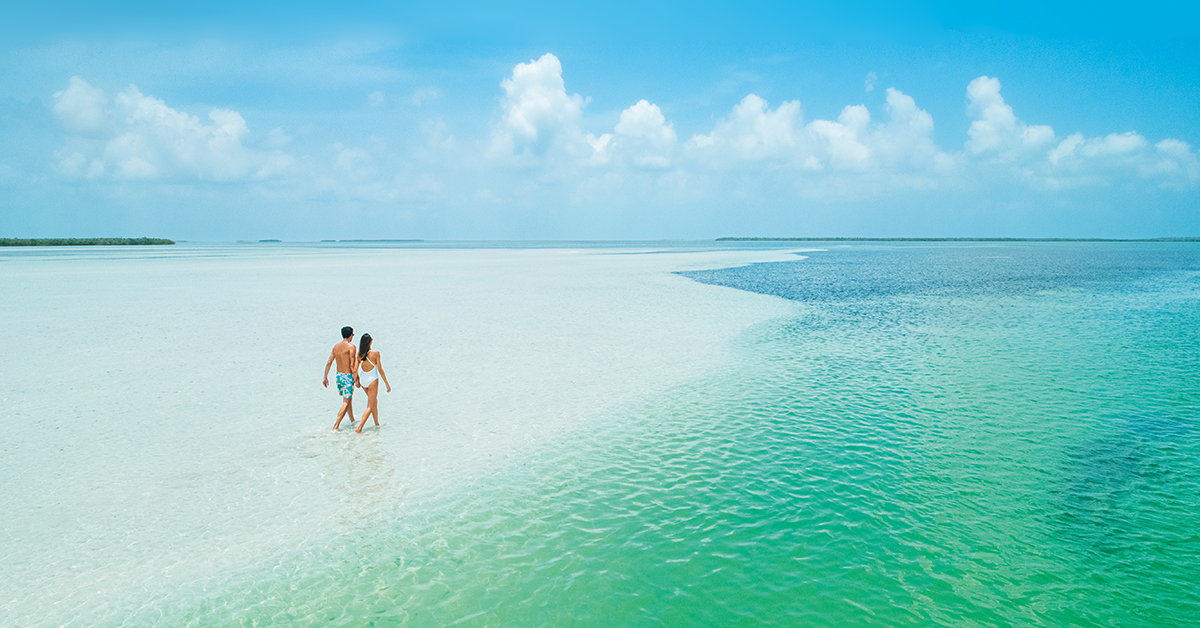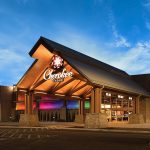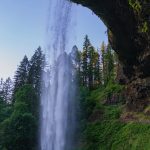Get back to white-sand beaches and clear waters. Since the Florida Keys reopened in early June, the island chain again entices RVers to embark on a trip down the Overseas Highway to spots on both the Atlantic Ocean and Gulf of Mexico. Along this 100-plus-mile route, families can explore the clear ocean waters, gorgeous coastlines and buzzing small communities that make this archipelago so special. Choose from several RV parks on the islands, putting you close to adventure on the Florida Keys beach, forest and ocean environments.
In the Lower Keys, you’ll discover adventures found nowhere else in the U.S. Dive with big groupers near the cargo holds of a sunken ship; hike through a forest inhabited by pint-sized deer; or kayak through mangrove tunnels that snake through untouched “backcountry.” Cap your day with a hearty seafood dinner at a family-friendly restaurant.
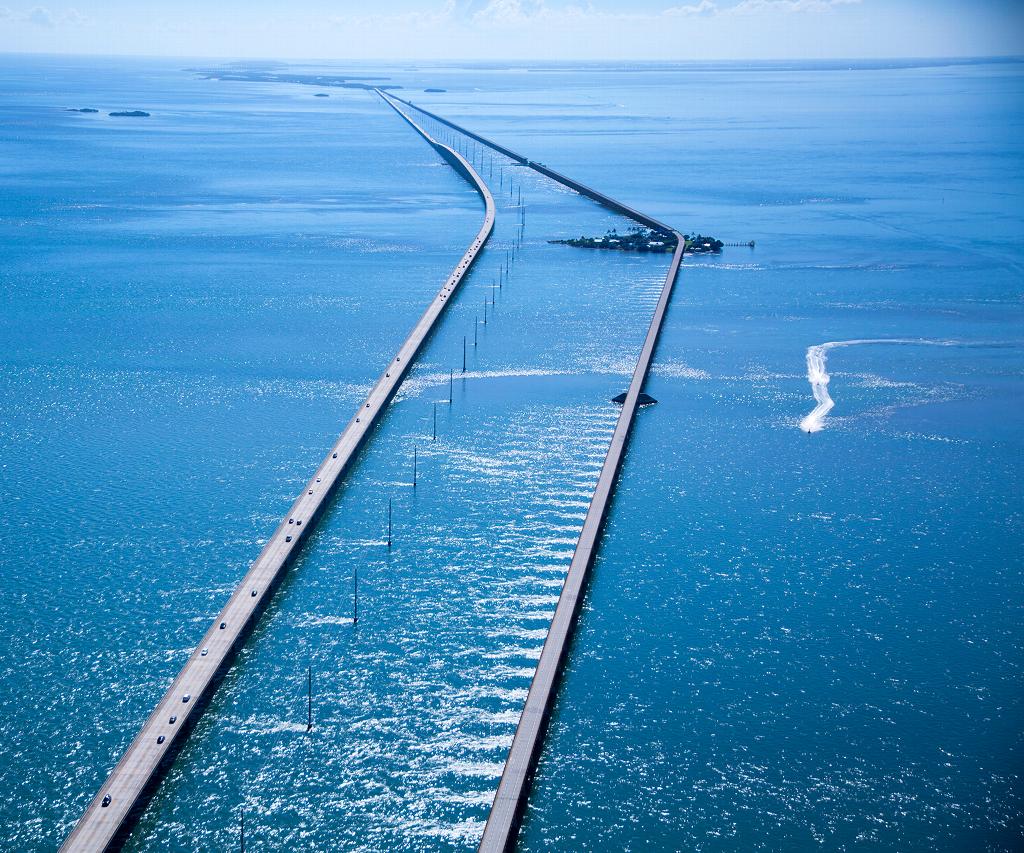
The contemporary Seven Mile Bridge, left, running parallel to the defunct Old Seven Mile Bridge near Bahia Honda. Photo: Rob O’Neal/Florida Keys News Bureau
Ride, Walk and Paddle on Bahia Honda
Lovers of biking, hiking and kayaking will find all three at Bahia Honda Key, a 500-acre island located on Mile 37 of the Overseas Highway. The island’s clear surrounding waters make it ideal for kayaking, and on the bayside, paddlers can catch glimpses of sharks and tarpons gliding beneath the surface.
Also on the bayside, ambitious kayakers can set out on open water for Little Bahia Honda Island about two-thirds of a mile across off the southwest tip of Bahia Honda. Set out from the Kayak Launch at Loggerhead Beach. Although the island is only 300-feet across and is home to two trees, the tide pools that shimmer on the island are home to vibrant marine life. It’s worth the paddle.
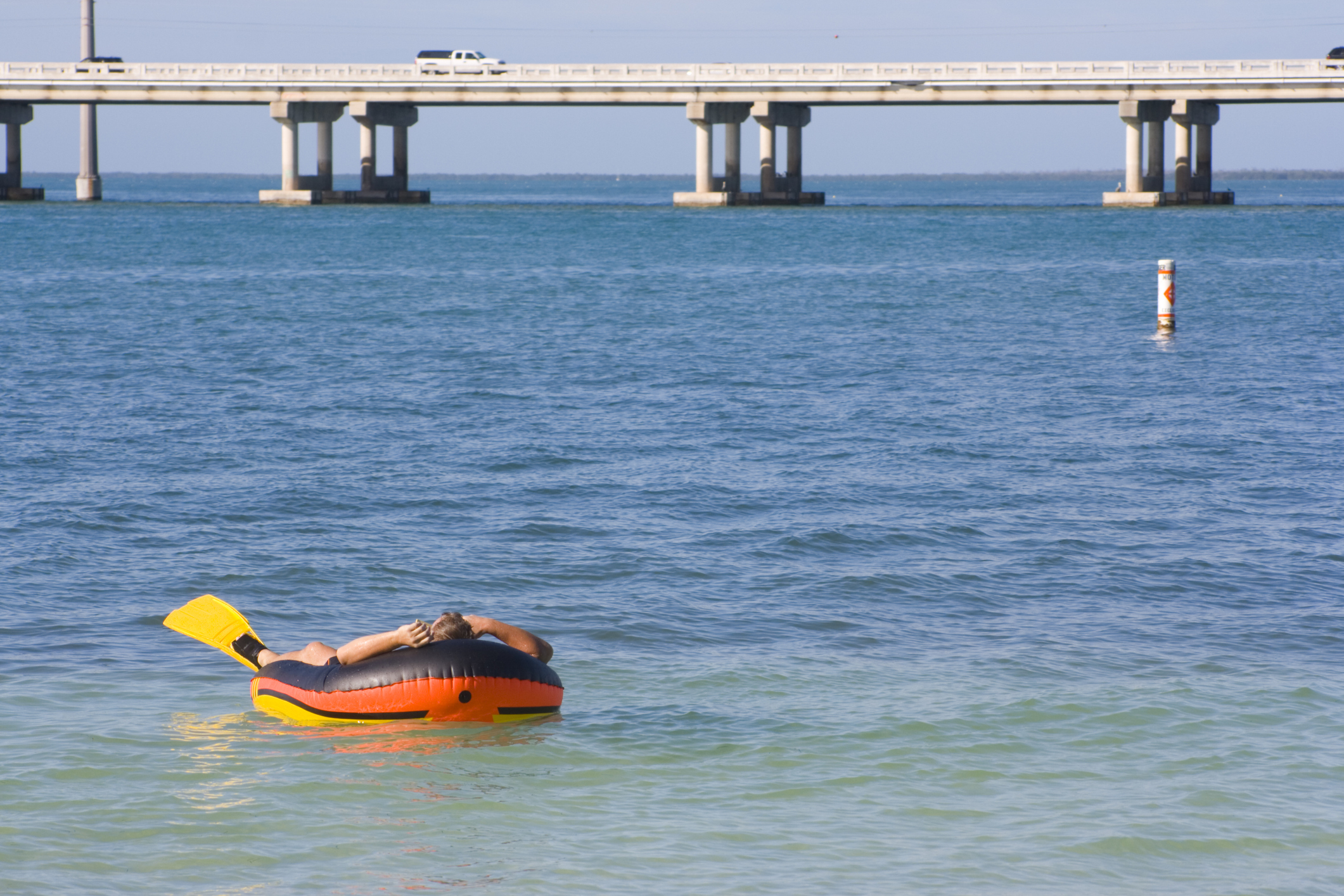
Relaxing on a Bahia Honda beach. Photo: Getty Images
From the southwest tip of Bahia Honda Key, kayakers can cruise under the iconic Bahia Honda Bridge, a 5,500-foot railroad span that once played a role in the sugar trade. On land, visitors can explore Bahia Honda State Park, which occupies most of the island. Hikers and bikers can set out on the trails to explore the more than 150 species of native plants, including the largest known stand of Florida silver palm. Outfitters on the island rent out bikes and kayaks for exploration. Two campgrounds here accommodate RVs and tents.
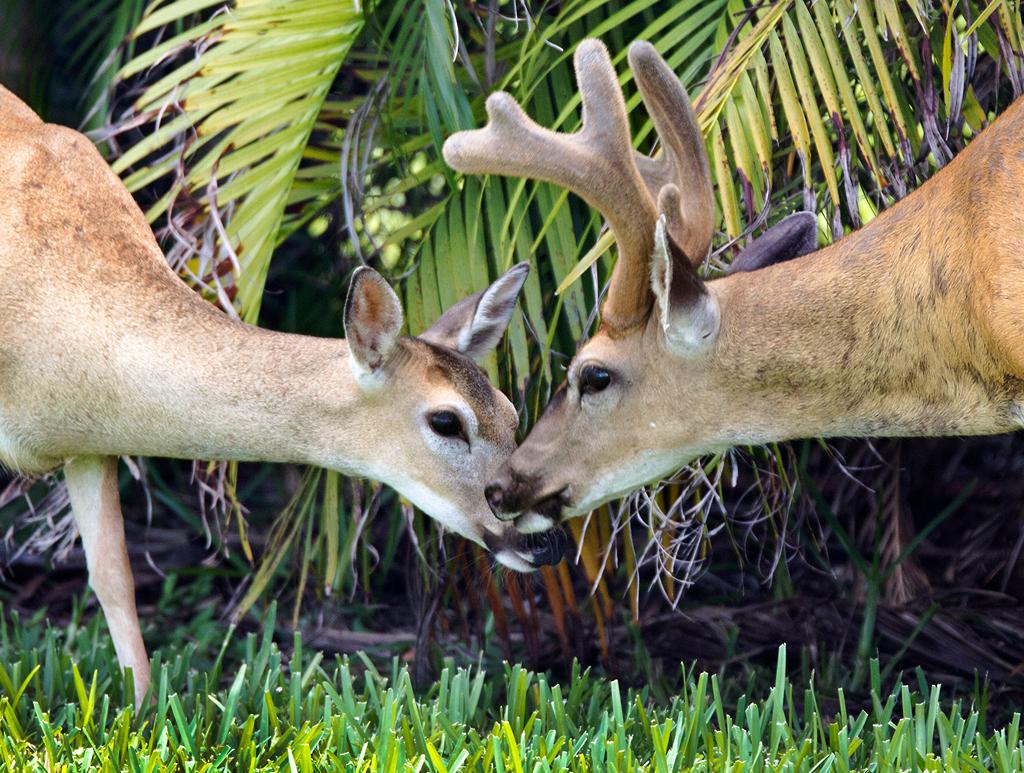
A female Key deer, left, gets acquainted with a young male on Big Pine Key. Photo: Rob O’Neal/Florida Keys News Bureau
Wild Times on Big Pine
East of Bahia Honda on Mile Marker 30 of the Overseas Highway, Big Pine Key is one of the largest islands on the chain, boasting 9.9 square miles of vibrant coastal communities and exciting wilderness. Visitors here should stay on the lookout for Key Deer, an endangered subspecies of white-tailed deer that bear a striking resemblance to Bambi. Standing only about 30 inches tall, the deer inhabit the National Key Deer Refuge, which occupies nearly half of Big Pine Key’s territory. Several hiking and biking trails lead into the refuge, giving visitors a chance to see these diminutive mammals thrive in their native environment. Not afraid of humans, the deer sometimes wander onto roads, so be careful if you’re driving.
The Key Deer Refuge also is home to the Blue Hole, a former stone quarry that’s now a freshwater lake with a wide variety of wildlife. The star attraction here is the American alligator, which can be seen swimming in the water or basking in the sun. These creatures can exceed 13 feet in length, but there’s more to see than these big reptiles. You’ll also find amphibious turtles, snakes and frogs in these waters, along with bald eagles, ospreys and egrets. Visitors can access the Blue Hole via a short walk on the .7-mile Nature Trail and the .1-mile handicapped accessible Mannillo spur.
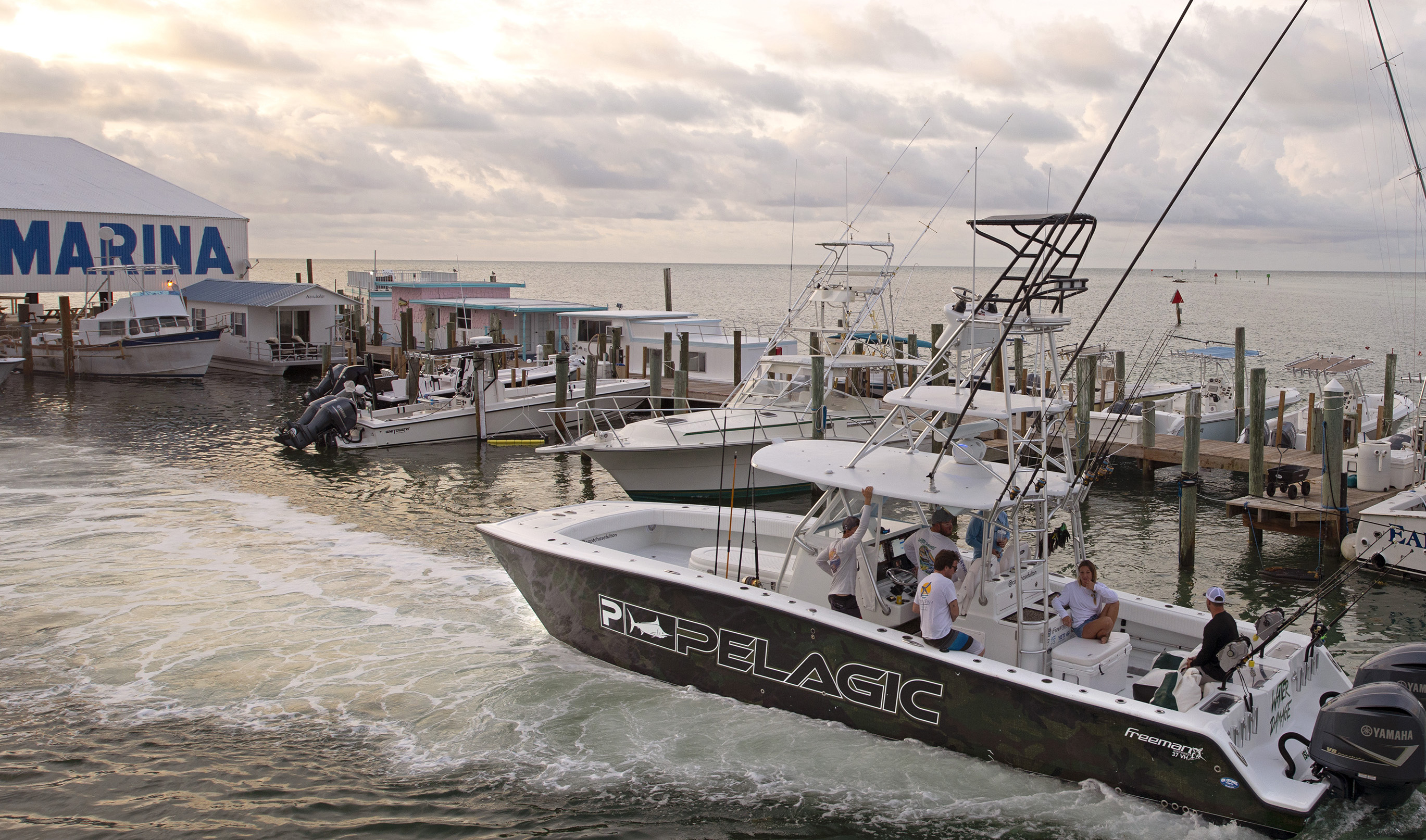
The “Water Damage” sportfishing boat takes charter guests fishing off the Florida Keys. Photo: Andy Newman/Florida Keys News Bureau /HO
Fishing Fun
Big Pine Key lies 135 miles south of Miami and the Overseas Highway, but the drive is a small price to pay for world-class fishing. Tarpon, bonefish and permit thrive in these waters, and several charters on the Key convey passengers to fishing hotspots. Just seven miles to the east, Big Pine Key attracts hefty permit and bonefish to its shores. Locals can guide you on a path through the mangroves to a sandy beach for hefty halls. High tide is the best time to nab permit.
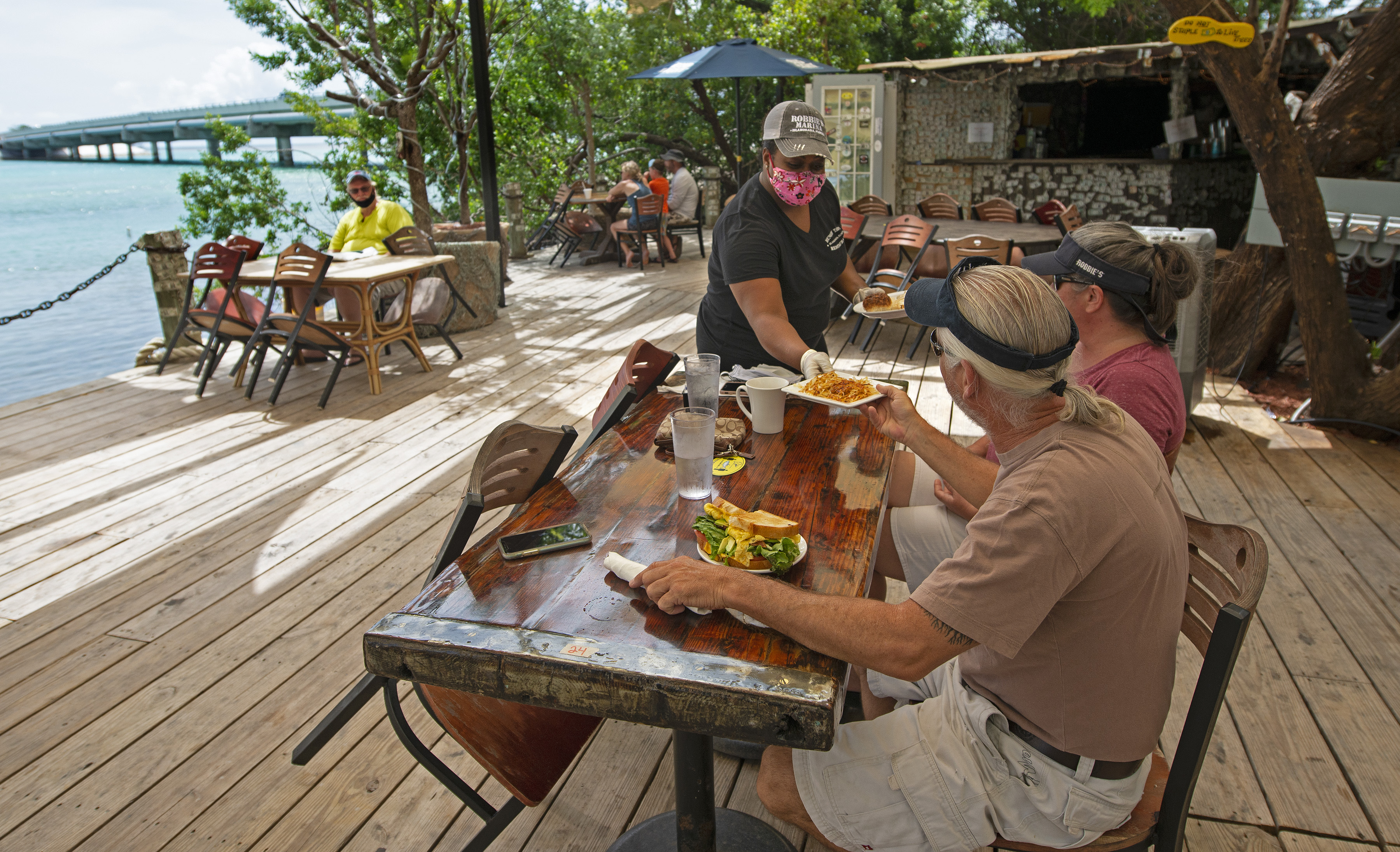
Patrons dine at a Florida Key restaurant. Photo: Andy Newman/Florida Keys News Bureau/HO
Fabulous Food
For fresh, wholesome food, families visiting the Lower Keys can rely on Big Pine Rooster restaurant, located right on the Overseas Highway in the heart of Big Pine Key. Serving fresh seafood delivered daily, Big Pine Rooster’s vast menu offers everything from burgers to lobster rolls to its own special-recipe meatloaf. Every member of the family will find something they enjoy at Big Pine Rooster.
For Cuban and Latin flavors, take a table at Coco’s Kitchen in Big Pine Key. Diners can enjoy the mouth-watering Cuban Mix sandwich or he Picadillo Steak or Palomilla Steak. Don’t leave without feasting on flan or key lime pie.
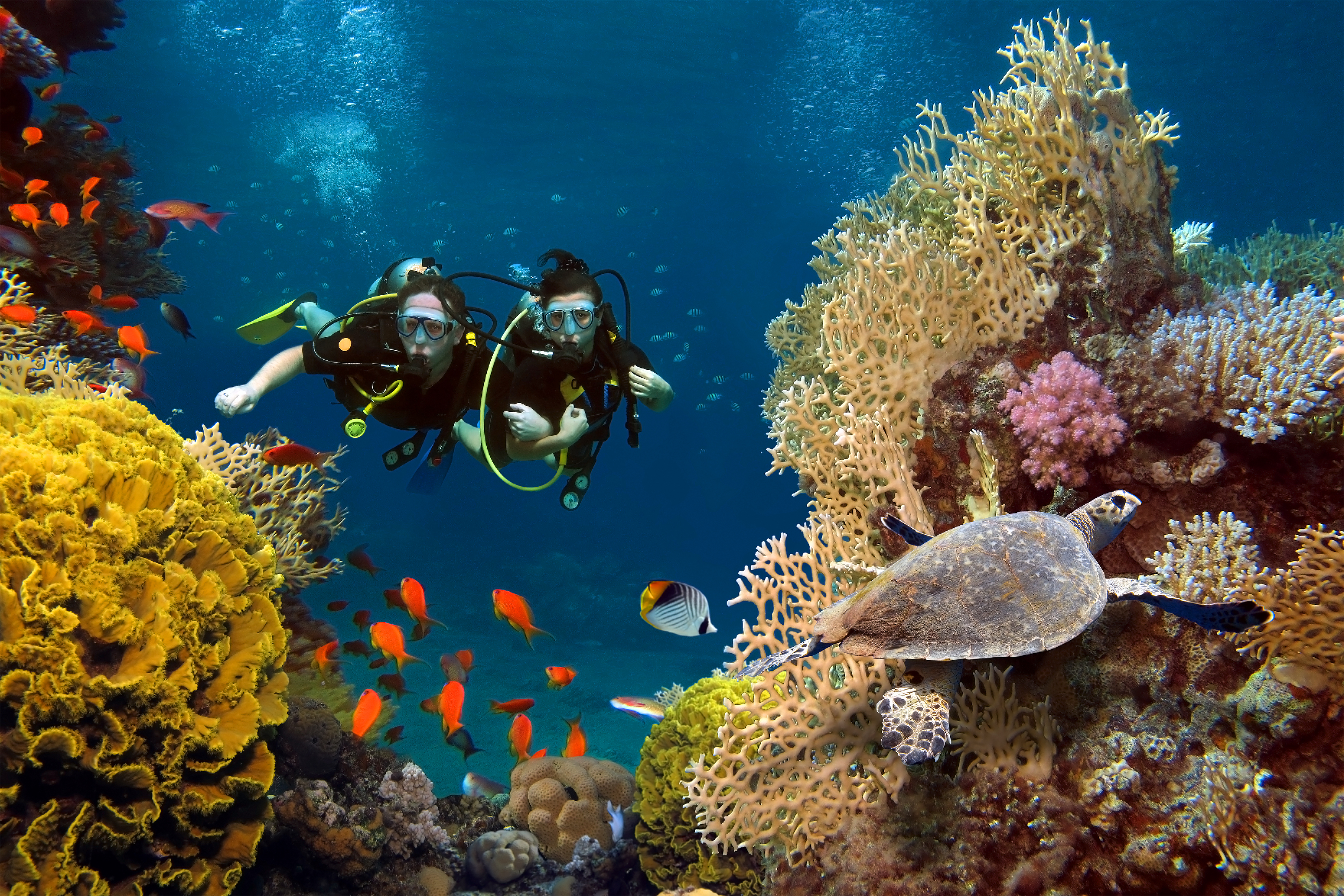
Diving amid a coral reef. Photo: Getty Images
3 Spots for Snorkeling and Diving Adventure
South of Big Pine Key, the Looe Key Marine Sanctuary teems with angelfish, turtles and eagle rays who congregate on the steep coral shelf. The national marine sanctuary is home to the only complete reef ecosystem in the continental United States. Coral collecting, spearfishing and lobster fishing is banned here, and as a result, many of the animals here have no fear of human interlopers and will swim quite close to your facemask. Scuba divers can explore the sanctuary’s depths, but snorkelers will still get an eyeful of the underwater splendor. Some guide services offer night divers, allowing you to see how the reef changes after the sun sinks below the horizon.
In 1998, Anheuser-Busch executive August Adolphus Busch IV purchased an old cargo ship, named it after his grandfather and arranged to have it sunk between Looe Key and American Shoal southwest of Big Pine Key. Busch IV intended for his ship to support sea life, and the result has exceeded his expectations. Today, the 210-foot Adolphus Busch serves as a home to thriving populations of ocean creatures, making it a bucket list destination for divers from across the globe. Around the ship’s superstructure, divers will encounter shimmering schools of barracudas, silversides, and horse-eye jacks. The cargo holds now house bustle with green moray eels and 350-pound goliath groupers. Closer to the hull, divers might catch sight of southern stingrays skimming the ocean floor.
Big Pine Key serves as a launching point for these diving excursions; some tour guides will take guests to both locations. Prepare to experience the diving adventure of a lifetime.
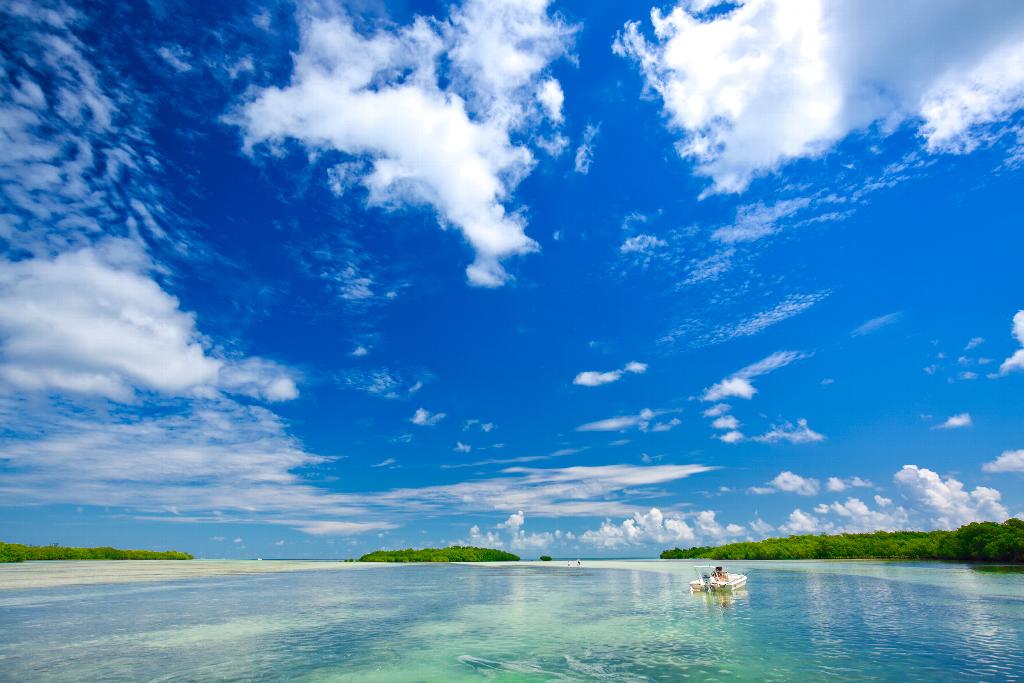
Enjoying the flat, calm waters of the Florida Keys backcountry. Photo: Rob O’Neal/Florida Keys News Bureau
Backcountry Beauty
If you prefer remote stretches of water to bustling ports, then you should check out some of the Lower Keys’ backcountry adventures. Kayakers seeking solitude will find lots of out-of-the-way paddling trails on Big Pine Keys’ interior as well as on its coast. Guides on the island will take kayakers on backcountry tours, introducing paddlers to truly wild environments.
Got a Florida fishing license? Then you can drop a line into the clear waters from the convenient base of a kayak. Big Pine Kayak Adventures shows kayakers how to navigate into extremely shallow waters to stalk bonefish, sharks, barracuda, and many other species. Trips include all fishing tackle.
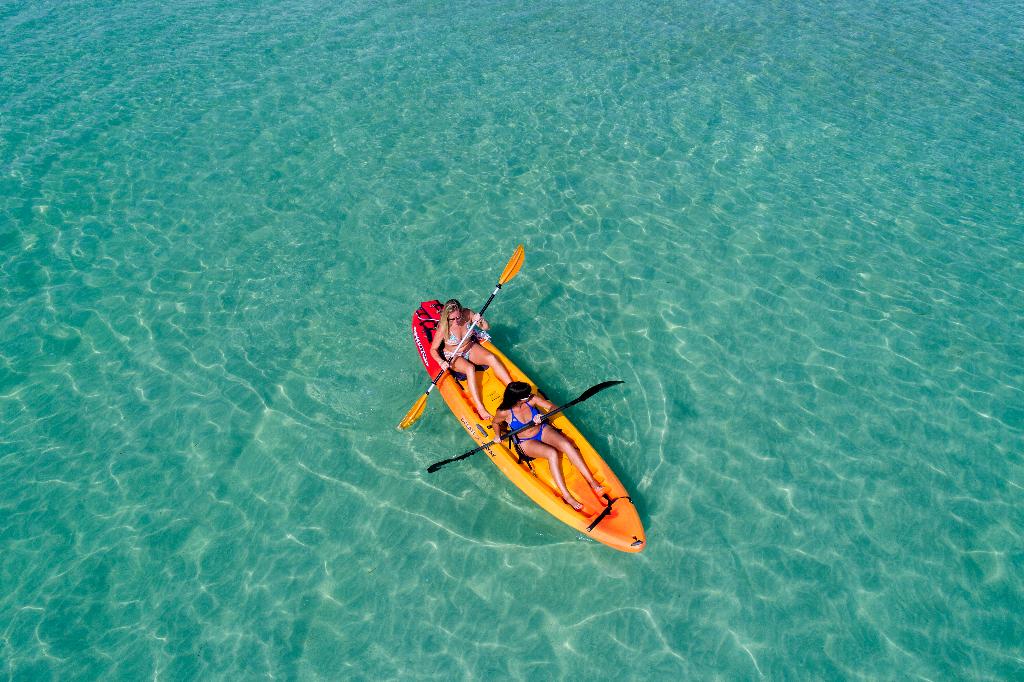
Kayakers ply the sandy flats between uninhabited islands some 5 miles off Sugarloaf Key near mile marker 17. Rob O’Neal/Florida Keys News Bureau
Directly off Big Pine Key’s South Coast, 6,000 acres of ocean have been set aside for Coupon Bight Aquatic Preserve, protecting the area’s delicate mangrove and lagoon ecosystem. Kayakers can paddle around the islands and lagoons to view rare wading birds; this area also harbors Florida lobster and a wide variety of fish, so bring a rod. On the ocean side (west) of the preserve, kayakers will discover the small Newfound Harbor Keys along with patch coral reefs. Head north from here to see the Coupon Bight lagoon, a mangrove-rich tropical body of water fringed with seagrasses. You may spot sea turtles resting on the beach here.
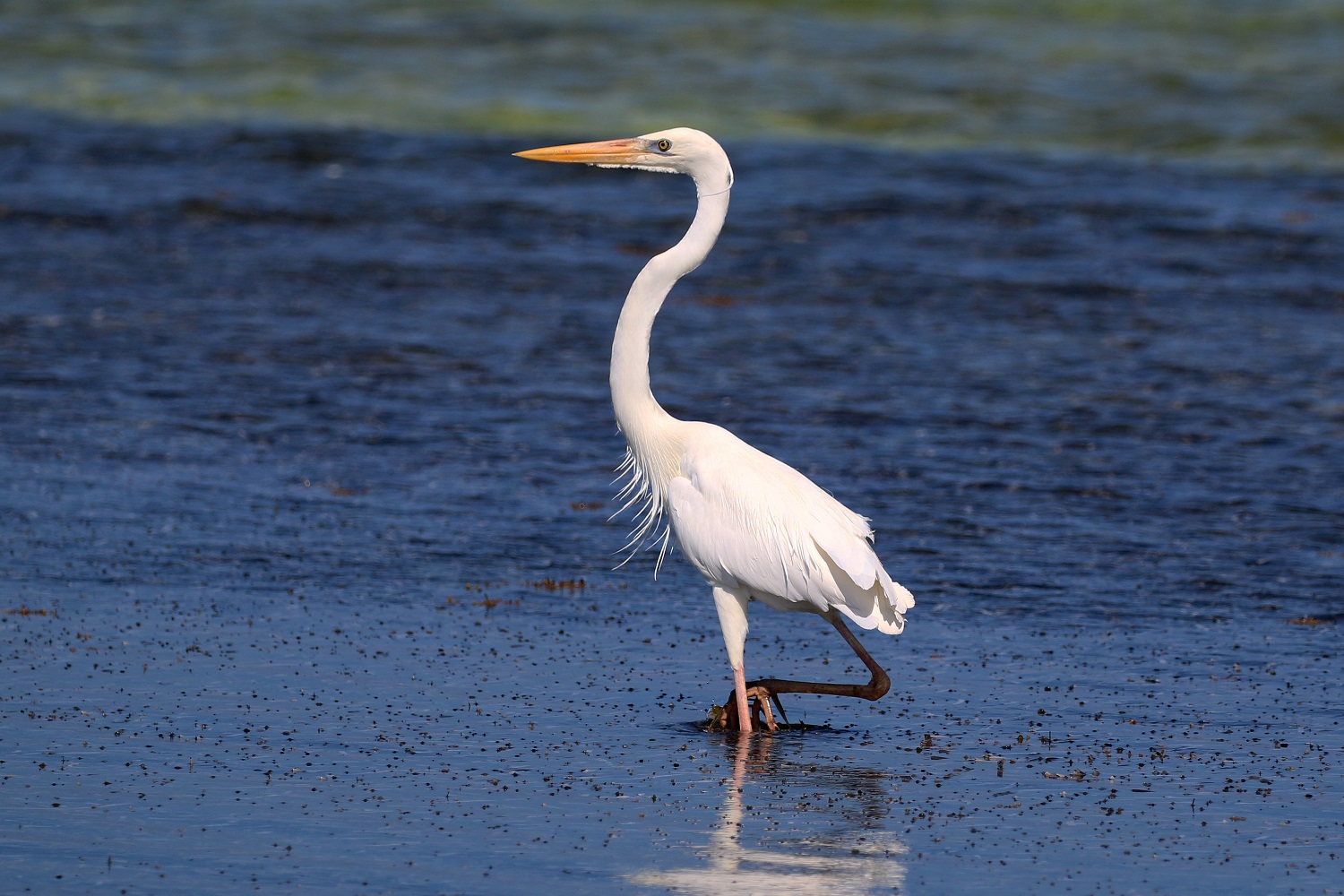
Photo: Sharp Photography
Eco-Tourism Encounters
If habitat diversity floats your boat, then head west to Cudjoe Key around Mile Marker 20, home to the Sambo Ecological Reserve. Encompassing nine square nautical miles, the reserve protects the region’s last remaining strands of elkhorn coral, which thrive in the grassy bed areas of Western Sambo Reef. At Cannonball Cut on the reef’s east side, divers can explore the Aquanaut tugboat wreck and see spiny lobster and star coral. Colorful tropical fish flourish at the Haystack and Hawk Channel.
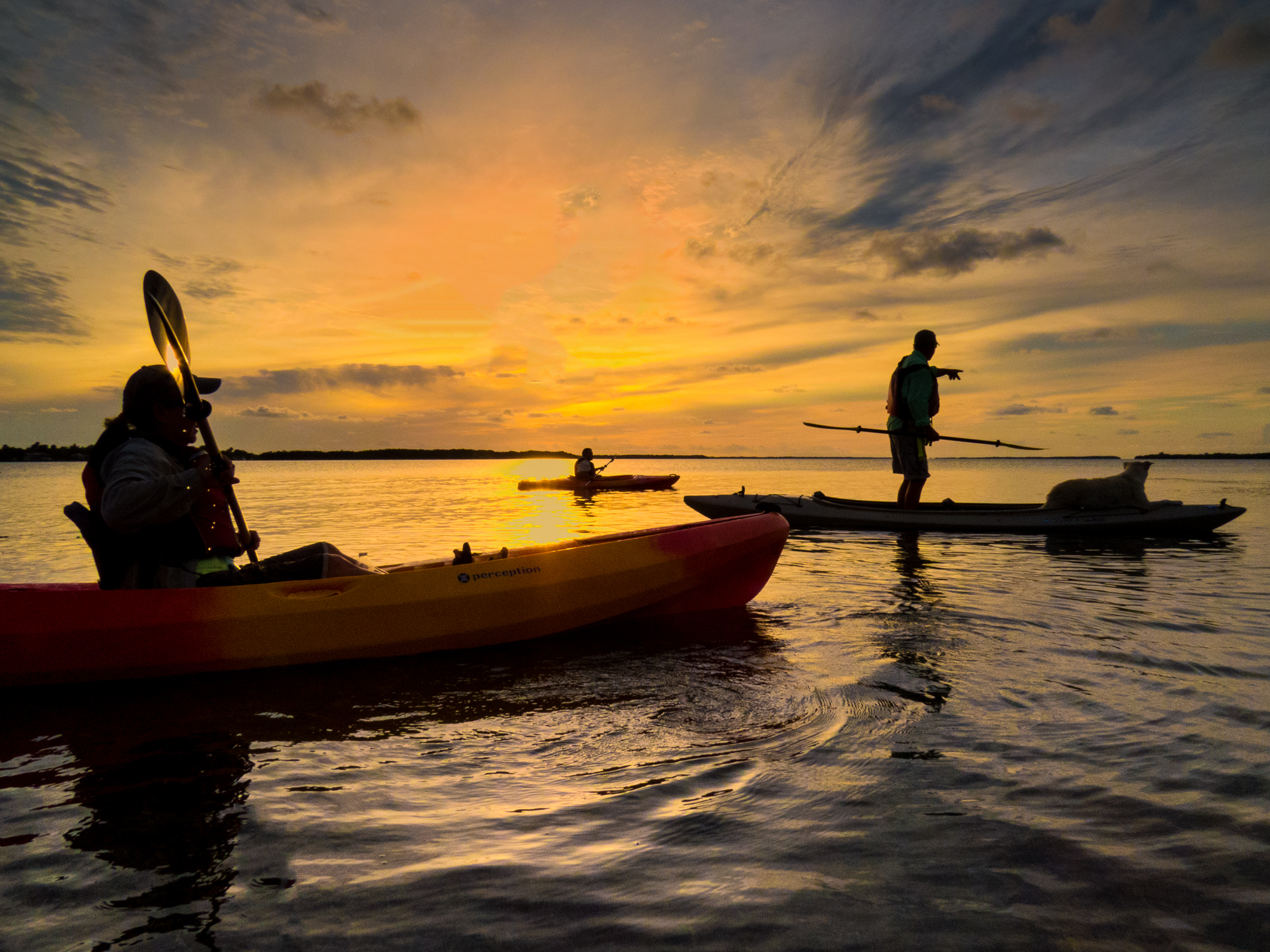
Kayaking at sunset at the Great White Heron National Wildlife Refuge. Photo: U.S. Fish and Wildlife Service Southeast Region
Northwest of Cudjoe Key, the Great White Heron National Wildlife Refuge provides a safe home for seabirds and more in an area considered the “backcountry” of the Lower Keys. The protected area’s 200,000 acres of open water and islands serve as valuable nesting, feeding and resting space for the once-endangered birds, as well as scores of other avian species. Visitors can take a Lower Keys ecotour to the refuge and cruise around the clear waters to spot the namesake bird as well as turtles, sharks, stingrays, eagle rays and herons. Visitors are allowed to go saltwater fishing, boating (with some restrictions), snorkeling and scuba diving. This is an ideal spot for wildlife observation and photography, interpretation and environmental education.
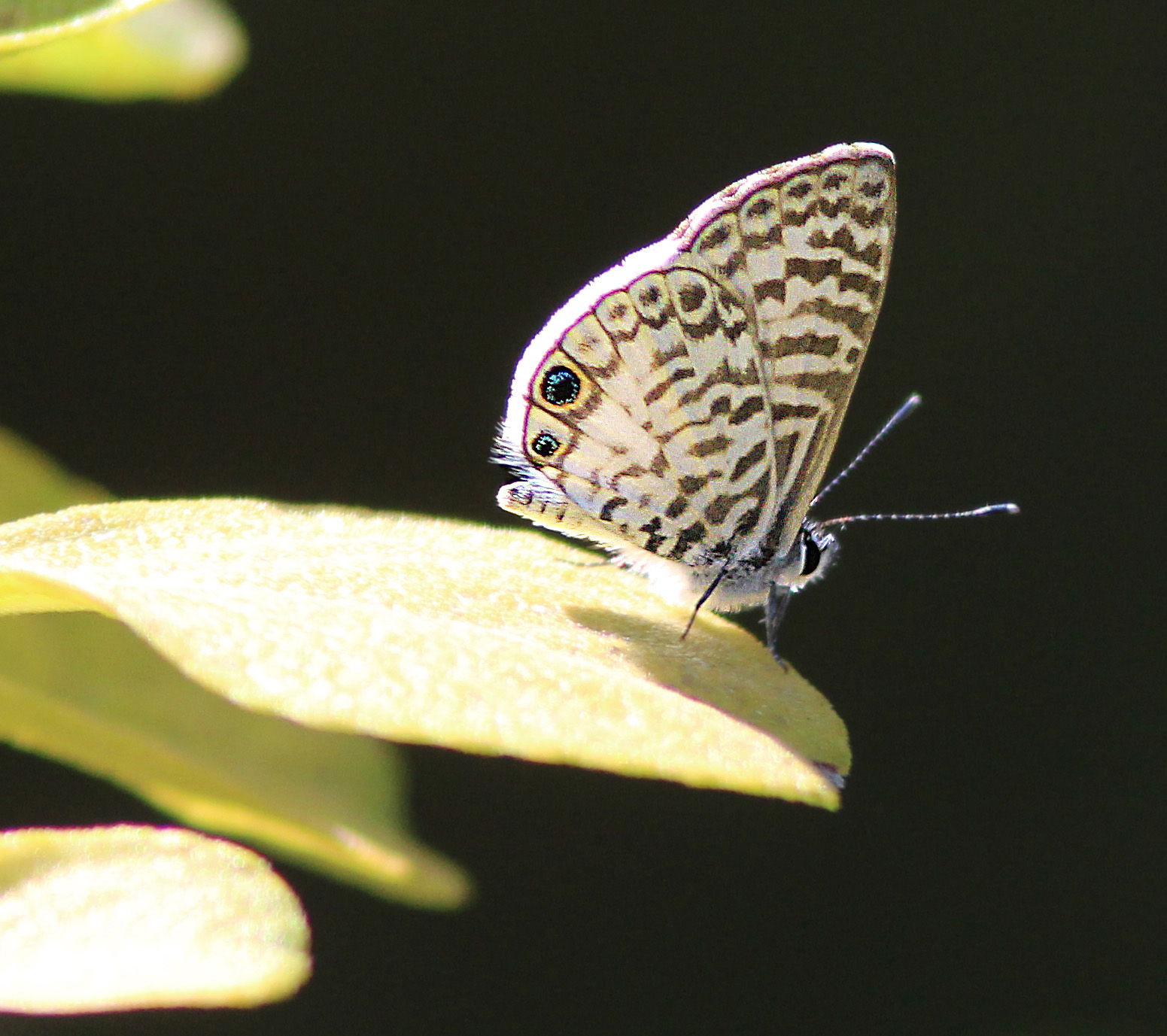
Butterfly at the Key West Tropical Forest and Botanical Garden. Photo: ALAN SCHMIERER
Stock Island Delights
About 26-miles south of Big Pine Key, on Mile Markers 4-6, anglers can catch charters at Stock Island Marina Village. The largest deepwater marina in the Florida Keys, the shore here also is home to kayak and standup-paddleboard rentals. Charters take trips deep into the region’s fabled blue water for catches of mackerel, tuna or kingfish.
Also on Stock Island, the Key West Tropical Forest and Botanical Garden thrills visitors with its lush native landscapes, two ponds and neotropical migrating birds that stop on the island from as far away as South America. Hundreds of diverse butterfly and plant species thrive on the grounds, providing a deeper understanding of the Keys’ dynamic environments.

